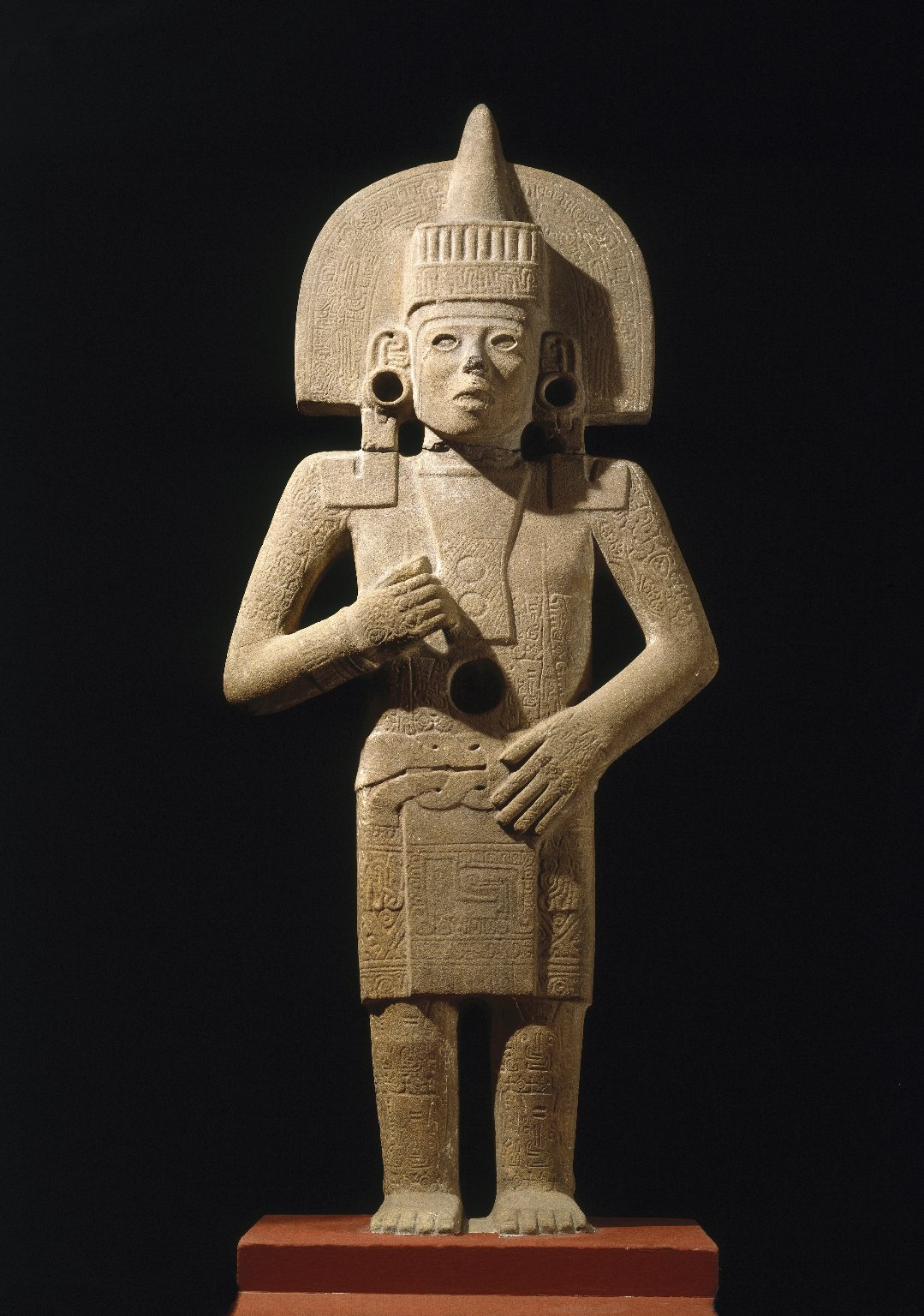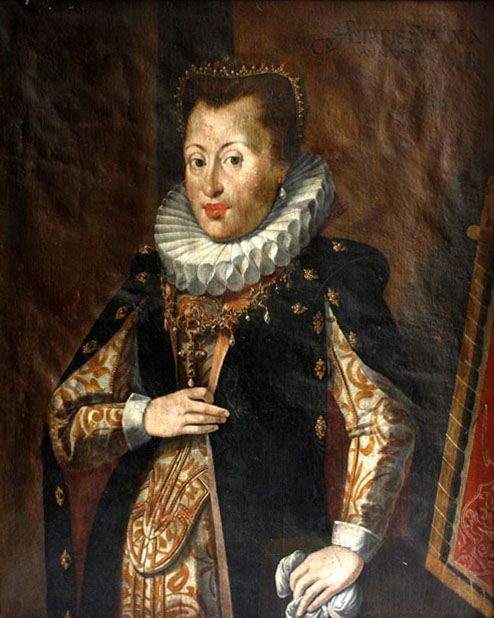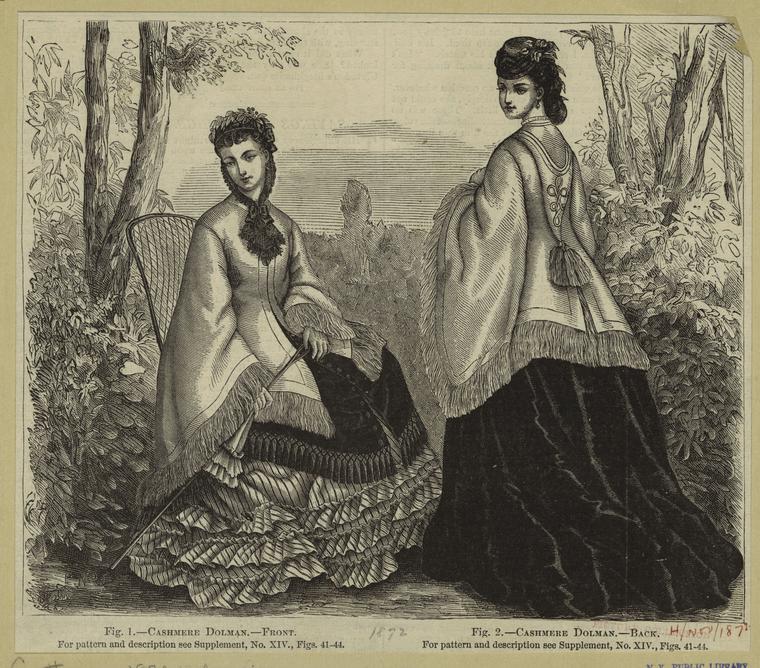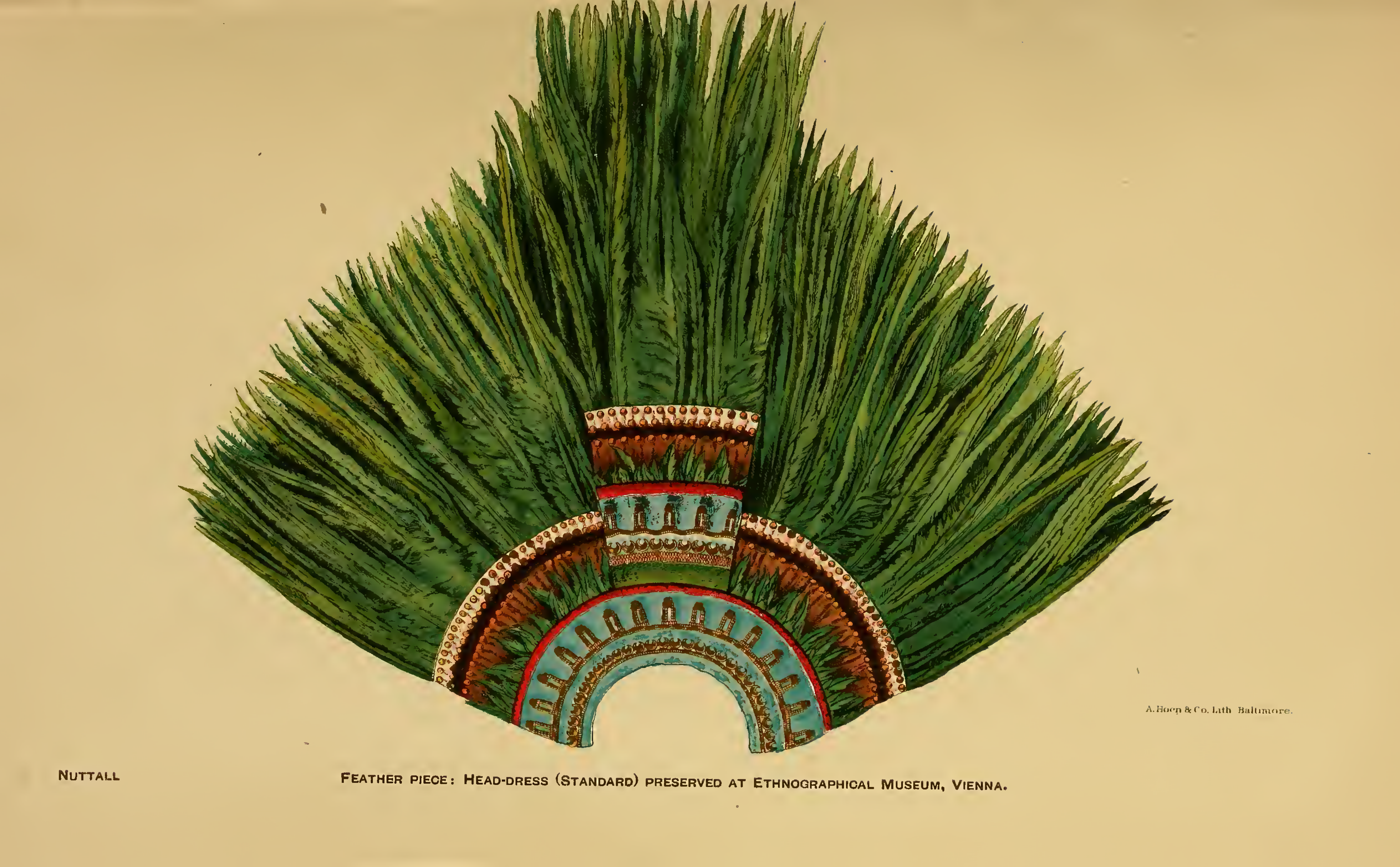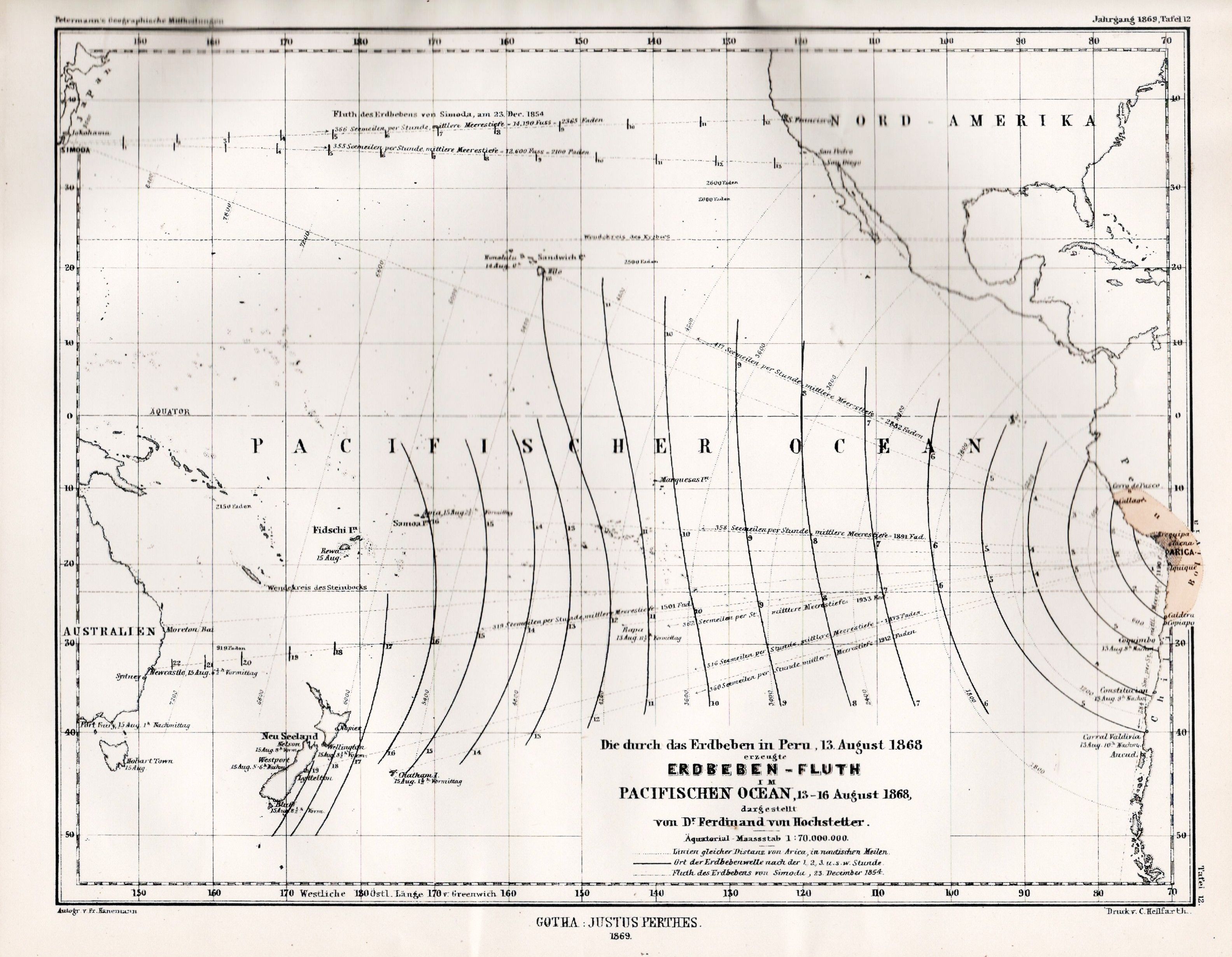|
Montezuma's Headdress
Moctezuma's headdress is a featherwork headdress or military device ( nah, quetzalāpanecayōtl ) which tradition holds belonged to Moctezuma II, the Aztec emperor at the time of the Spanish conquest. However, its provenance is uncertain,González de Alba, Luis. "El penacho de un pobre diablo", en el periódico La Jornadaversión electrónica./ref> and even its identity as a headdress has been questioned.Rodríguez, Ana Mónica. "El penacho de Moctezuma es una capa de sacerdote, afirma un investigador", La Jornadaversión electrónica It is made of quetzal and other feathers with sewn-on gold detailing. It is now in the Weltmuseum Wien, and is a source of dispute between Austria and Mexico, as no similar pieces remain in Mexico. Description The feathers of the piece have deteriorated over the centuries. It is high and across and has the form of concentric layers of different colored feathers arranged in a semicircle. The smallest is made from blue feathers of the '' Cotinga ama ... [...More Info...] [...Related Items...] OR: [Wikipedia] [Google] [Baidu] |
Museum Of Ethnology, Vienna
upright=1.35, The Museum of Ethnology is housed in a wing of the Hofburg Imperial Palace. Interior The Weltmuseum Wien (former Museum of Ethnology) in Vienna is the largest anthropological museum in Austria, established in 1876. It currently resides in the Hofburg Imperial Palace and houses more than 400,000 ethnographical and archaeological objects from Asia, Africa, Oceania, and America. Since November 2014 the museum was closed due to renovation and was reopened on the 25th of October 2017. Collections The museum’s collections comprise more than 200,000 ethnographic objects, 100,000 photographs and 146,000 printed works from all over the world. Important collections include Mexican artifacts, such as a unique Aztec feathered headdress; part of James Cook's collection of Polynesian and Northwest Coast art (purchased in 1806); numerous Benin bronzes; the collection of Charles von Hügel from India, Southeast Asia, and China; collections from the Austrian Brazil Expedition; ... [...More Info...] [...Related Items...] OR: [Wikipedia] [Google] [Baidu] |
Aztec Codices
Aztec codices ( nah, Mēxihcatl āmoxtli , sing. ''codex'') are Mesoamerican manuscripts made by the pre-Columbian Aztec, and their Nahuatl-speaking descendants during the colonial period in Mexico. History Before the start of the Spanish colonization of the Americas, the Mexica and their neighbors in and around the Valley of Mexico relied on painted books and records to document many aspects of their lives. Painted manuscripts contained information about their history, science, land tenure, tribute, and sacred rituals. According to the testimony of Bernal Díaz del Castillo, Moctezuma had a library full of such books, known as ''amatl'', or ''amoxtli,'' kept by a ''calpixqui'' or nobleman in his palace, some of them dealing with tribute. After the conquest of Tenochtitlan, indigenous nations continued to produce painted manuscripts, and the Spaniards came to accept and rely on them as valid and potentially important records. The native tradition of pictorial document ... [...More Info...] [...Related Items...] OR: [Wikipedia] [Google] [Baidu] |
Xokonoschtletl Gómora
Xokonoschtletl Gómora (; born 17 February 1951, in Mexico City, Mexico) is a Mexican dancer who performs to Pre-Hispanic traditional music, a writer, lecturer, and civic activist. He was commissioned by the United Nations for the Frente Mexicano Pro Derechos Humanos (English: Mexican Front for Human Rights) to promote the protection of Mexican cultural heritage. He is best known for leading the Asociación Civil Internacional Yankuik Anahuak (International Civil Association of the People of the Valley of Mexico) and because for over thirty years he has pushed for the return of a quetzal feather headdress (Nahuatl: ''quetzalpanecáyotl'') known as Montezuma's headdress currently located in the Vienna Museum of Ethnology (German: ''Weltmuseum Wien''). Activities Xokonoschtletl began working as a tourist guide and became involved with indigenous activists who promoted the protection of traditional Mexican culture. He later founded the Asociación Civil Yankuik Anahuak (Internatio ... [...More Info...] [...Related Items...] OR: [Wikipedia] [Google] [Baidu] |
Restitution
The law of restitution is the law of gains-based recovery, in which a court orders the defendant to ''give up'' their gains to the claimant. It should be contrasted with the law of compensation, the law of loss-based recovery, in which a court orders the defendant to ''pay'' the claimant for their loss. Evolving Meaning ''American Jurisprudence'' 2d edition notes: Legal vs Equitable Remedy Restitution may be either a legal remedy or an equitable remedy, "depend ngupon the basis for the plaintiff's claim and the nature of the underlying remedies sought". Generally, restitution and equitable tracing is an equitable remedy when the money or property wrongfully in the possession of defendant is traceable (i.e., can be tied to "particular funds or property"). In such a case, restitution comes in the form of a constructive trust or equitable lien. Where the particular property at issue cannot be particularly identified, restitution is a legal remedy. This occurs, for example ... [...More Info...] [...Related Items...] OR: [Wikipedia] [Google] [Baidu] |
Ehecatl
Ehecatl ( nci-IPA, Ehēcatl, eʔˈeːkatɬ, ) is a pre-Columbian deity associated with the wind, who features in Aztec mythology and the mythologies of other cultures from the central Mexico region of Mesoamerica. He is most usually interpreted as the aspect of the Feathered Serpent deity (Quetzalcoatl in Aztec and other Nahua cultures) as a god of wind, and is therefore also known as Ehecatl-Quetzalcoatl. Ehecatl also figures prominently as one of the creator gods and culture heroes in the mythical creation accounts documented for pre-Columbian central Mexican cultures.Miller and Taube (1993, pp. 70,84) Since the wind blows in all directions, Ehecatl was associated with all the cardinal direction The four cardinal directions, or cardinal points, are the four main compass directions: north, east, south, and west, commonly denoted by their initials N, E, S, and W respectively. Relative to north, the directions east, south, and west are at ...s. His temple was built as a cylin ... [...More Info...] [...Related Items...] OR: [Wikipedia] [Google] [Baidu] |
Ce Acatl Topiltzin
Cē Ācatl Topiltzin Quetzalcoatl (''Our Prince One-Reed Precious Serpent'') (c. 895–947) is a mythologised figure appearing in 16th-century accounts of Nahua historical traditions, where he is identified as a ruler in the 10th century of the Toltecs— by Aztec tradition their predecessors who had political control of the Valley of Mexico and surrounding region several centuries before the Aztecs themselves settled there. In later generations, he was a figure of legend often confused or conflated with the important Mesoamerican deity Quetzalcoatl. According to legend in El Salvador, the city of Cuzcatlán (the capital city of the Pipil/Cuzcatlecs) was founded by the exiled Toltec Ce Acatl Topiltzin. Story Topiltzin Cē Ācatl Quetzalcōatl was the Lord of the Toltecs and their major city Tōllan. One version of the story is that he was born in the 10th century, during the year and day-sign "1 Acatl," correlated to date May 13 of the year 895, allegedly in what is ... [...More Info...] [...Related Items...] OR: [Wikipedia] [Google] [Baidu] |
Innsbruck
Innsbruck (; bar, Innschbruck, label=Bavarian language, Austro-Bavarian ) is the capital of Tyrol (state), Tyrol and the List of cities and towns in Austria, fifth-largest city in Austria. On the Inn (river), River Inn, at its junction with the Wipptal, Wipp Valley, which provides access to the Brenner Pass to the south, it had a population of 132,493 in 2018. In the broad valley between high mountains, the so-called North Chain in the Karwendel Alps (Hafelekarspitze, ) to the north and Patscherkofel () and Serles () to the south, Innsbruck is an internationally renowned winter sports centre; it hosted the 1964 Winter Olympics, 1964 and 1976 Winter Olympics as well as the 1984 Winter Paralympics, 1984 and 1988 Winter Paralympics. It also hosted the first 2012 Winter Youth Olympics, Winter Youth Olympics in 2012. The name means "bridge over the Inn". History Antiquity The earliest traces suggest initial inhabitation in the early Stone Age. Surviving Ancient Rome, pre-Roman pla ... [...More Info...] [...Related Items...] OR: [Wikipedia] [Google] [Baidu] |
Ferdinand II, Archduke Of Austria
Ferdinand II, Archduke of Further Austria (Linz, 14 June 1529 – 24 January 1595, Innsbruck) was ruler of Further Austria and since 1564 Imperial count of Tirol. The son of Ferdinand I, Holy Roman Emperor, he was married to Philippine Welser in his first marriage. In his second marriage to Anna Juliana Gonzaga, he was the father of Anna of Tyrol, future Holy Roman Empress. Biography Archduke Ferdinand of Austria was the second son of Ferdinand I, Holy Roman Emperor and Anna of Bohemia and Hungary. He was a younger brother of Emperor Maximilian II. At the behest of his father, he was put in charge of the administration of Bohemia in 1547. He also led the campaign against the Turks in Hungary in 1556. In 1557 he was secretly married to Philippine Welser, daughter of a patrician from Augsburg, with whom he had several children. The marriage was only accepted by Emperor Ferdinand I in 1559 under the condition of secrecy. The children were to receive the name "of Austria" but ... [...More Info...] [...Related Items...] OR: [Wikipedia] [Google] [Baidu] |
Mantle (clothing)
__NOTOC__ A mantle (from old French ''mantel'', from ''mantellum'', the Latin term for a cloak) is a type of loose garment usually worn over indoor clothing to serve the same purpose as an overcoat. Technically, the term describes a long, loose cape-like cloak worn from the 12th to the 16th century by both sexes, although by the 19th century, it was used to describe any loose-fitting, shaped outer garment similar to a cape. For example, the dolman, a 19th-century cape-like woman's garment with partial sleeves is often described as a mantle. In English, the idiom "to take up/pick up/assume the mantle" is from the Bible, and means to take a position of authority, leadership or responsibility in a particular area, especially in the sense of carrying on for a previous figure. The most notable appearance in the Bible is in 2 Kings 2:13, where Elisha takes up Elijah's mantle ( ''’addereṯ''). Mantelets A variation on the mantle is the mantelet (also spelled mantelot and mantlet ... [...More Info...] [...Related Items...] OR: [Wikipedia] [Google] [Baidu] |
Zelia Nuttall
Zelia Maria Magdalena Nuttall (6 September 1857 – 12 April 1933) was an American archaeologist and anthropologist specialised in pre-Aztec Mexican cultures and pre-Columbian manuscripts. She discovered two forgotten manuscripts of this type in private collections, one of them being the Codex Zouche-Nuttall. She was one of the first to identify and recognise artefacts dating back to the pre-Aztec period.Tozzer 1933 Biography Nuttall was born in San Francisco, California on 6 September 1857, the second of six children to Irish father Robert Kennedy Nuttall, a physician, and Mexican-American mother Magdalena Parrott.Adams 2010 Her grandfather was John Parrott, one of San Francisco's richest bankers. When she was eight, the family moved to Europe where she was educated in France, Germany, Italy, and Bedford College in London. Nuttall became an excellent linguist, fluent in four languages and conversant in others.Chiñas 1999 When the family returned to San Francisco in 1879, she ... [...More Info...] [...Related Items...] OR: [Wikipedia] [Google] [Baidu] |
Eduard Seler
Eduard Georg Seler (December 5, 1849 – November 23, 1922) was a prominent German anthropologist, ethnohistorian, linguist, epigrapher, academic and Americanist scholar, who made extensive contributions in these fields towards the study of pre-Columbian era cultures in the Americas. Research Seler is best known for his foundational studies concerning the ethnography, documents, and history of Mesoamerican cultures, for which he is regarded as one of the most influential scholars active around the turn of the 20th century. Seler laid many fundamentals in understanding and deciphering the Aztec pictorial script. A main contribution was the re-discovery and analysis of the basic Aztec calendar system: the existence of two Aztec calendars, a 365-day solar profane (everyday use) and a 260-day religious calendar. He also noted from the sources that the ceremonial killing victim figures alleged by Spanish priests and military (repeatedly reported as being greater than 10,000 or eve ... [...More Info...] [...Related Items...] OR: [Wikipedia] [Google] [Baidu] |
Ferdinand Von Hochstetter
Christian Gottlieb Ferdinand Ritter von Hochstetter (30 April 1829 – 18 July 1884) was a German-Austrian geologist. Career Having received his early education at the evangelical seminary at Maulbronn, Ferdinand proceeded to the University of Tübingen and the Tübinger Stift; there, under Friedrich August von Quenstedt, the interest he already felt in geology became permanently fixed, and he obtained his doctor's degree and a travelling scholarship. In 1852 he joined the staff of the Imperial Geological Survey of Austria and was engaged until 1856 in parts of Bohemia, especially in the Bohemian Forest, and in the Fichtel Hills and Karlsbad mountains. His excellent reports established his reputation. Thus he came to be chosen as geologist to the Novara expedition (1857–59), and made numerous valuable observations in the voyage round the world. The Novara arrived in New Zealand on 22 December 1858. Almost immediately he met the German scientist Julius von Haast who had al ... [...More Info...] [...Related Items...] OR: [Wikipedia] [Google] [Baidu] |


